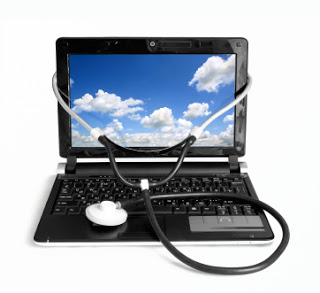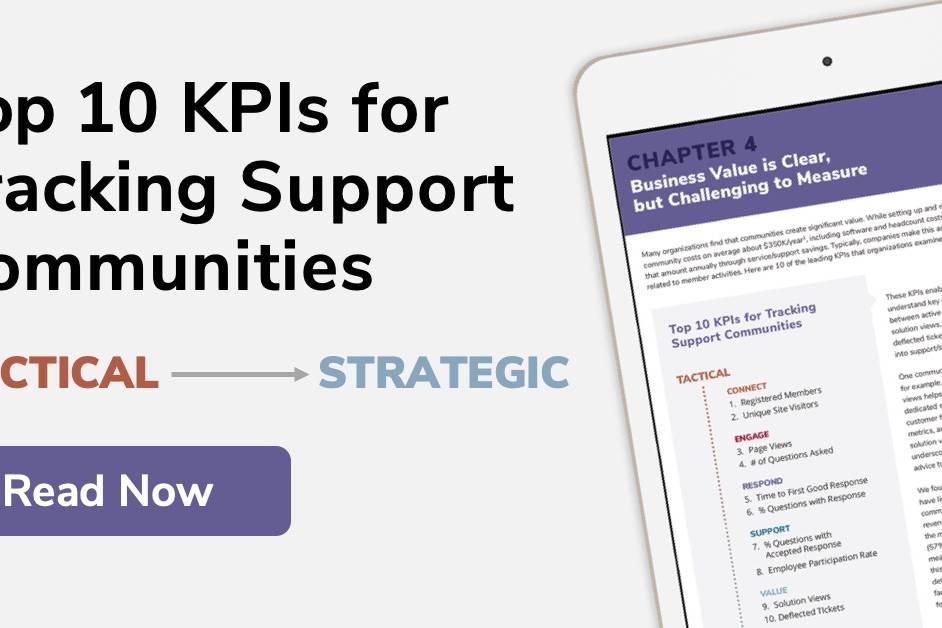 Just the other day, I paid a visited my daughter’s pediatrician in his office and saw a strange thing … his desk was clean and in the far right hand corner of his large desk was a sleek, silver shiny object. A laptop computer. Of course, it was closed, and there were numerous sticky notes posted on top of it. Real change takes time. But there it was on his desk, ready to be used. Later that week one of my best friends, a world-famous rheumatologist, asked me to demonstrate Twitter. We found a number of key opinion leaders in her field with Twitter accounts. I think we’re starting to see a pattern emerge – the rise of the digital doctor.
Just the other day, I paid a visited my daughter’s pediatrician in his office and saw a strange thing … his desk was clean and in the far right hand corner of his large desk was a sleek, silver shiny object. A laptop computer. Of course, it was closed, and there were numerous sticky notes posted on top of it. Real change takes time. But there it was on his desk, ready to be used. Later that week one of my best friends, a world-famous rheumatologist, asked me to demonstrate Twitter. We found a number of key opinion leaders in her field with Twitter accounts. I think we’re starting to see a pattern emerge – the rise of the digital doctor.
It could be push to electronic medical records or the speed of medical advancements that is propelling so many white-coats into the digital present and future. In any case, today’s physicians are adopting digital tools — including networking and social media — at ever-increasing speed.
In a Sept. 26, 2011 article, the American Medical Association’s amednews.com reported nearly all doctors in the US are now on social media. The article cites a study by research and consulting firm Frost & Sullivan conducted between April and May, 2011, which found that 84% of doctors use social media for personal purposes. In August, a survey by QuantiaMD found nearly 90% of physicians reported using at least one social media site personally. Physicians’ need for the most current information plus peer-peer networking for ideas and collaboration, coupled with easy-to-use mobile technologies such as smart phones and tablets (iPads) are driving this rapid adoption rocket!
A physician’s professional life requires a high degree of mobility — meeting with patients, working in the lab or a hospital setting, multiple offices, teaching, conferences — which makes mobile devices ultra-popular. The freedom to compute in motion coupled with the proliferation of medically-focused mobile applications are a great match for medical professionals. There are applications for treatment options, electronic recordkeeping, drug interaction databases and even heart monitors online. A recent article by Jackson and Cooker Research outlines the many reasons why the future doctor will be a mobile computing powerhouse.
Access to up-to-the-minute new drug and treatment information is another reason why doctors are pushing themselves to get online. In FY2011, the FDA approved a record number of new medicines and devices. A recent survey by Manhattan Research found physicians prefer to receive the majority of their pharmaceutical and device product information through online sources.
A doctor’s professional survival — and that of his patients — requires constant attention to new developments, continuing education and peer networking and collaboration. They need information from experts and peers to ensure they have the most current data to support patient care. Online access offers the fastest and most efficient way to do this. As anyone who has ever tried to call a doctor can attest, they are rarely available by phone. Professional private networks and social collaboration tools provide the means to connect and collaborate when it is most convenient — often after hours or on weekends.
Continuing medical education (CME) and credentials are also moving to the screen. As budgets shrink, institutionally-sponsored CMEs are disappearing — fewer hospitals and academic institutions are subsidizing the cost to keep physicians’ credits current. The result is a shift to doctors funding their own CMEs and self-educating on topics that pertain to their field well past the minimum needed to keep their credentials current. Pursuing their CMEs online allows physicians to reap the same benefits other online education users have discovered: access to information and education on their own time, at a lower cost than traditional in-person learning, with greater efficiency. This will undoubtedly be the way future post-graduation education is delivered. According to research published in the Journal of Continuing Education in the Health Professions (v30 (1), 2010), online CMEs are likely to be half of all CMEs consumed by practicing physicians within a few years.
So, there you have it. That foreign computing object on my doctor’s desk isn’t just a paperweight, after all. It is the path to better patient care, improving physician skills and increasing the efficiency of the healthcare system. The doctor of today — and certainly tomorrow — is likely to be as plugged-in professionally as any Silicon Valley startup maven, all for the benefit of health and humankind. Thanks, Doc. We’ll see you online!
Warning: Attempt to read property "base" on array in /home3/trusten9/public_html/leadernetworks/wp-content/plugins/wp-user-profile-avatar/shortcodes/wp-user-profile-avatar-shortcodes.php on line 665
Warning: Attempt to read property "base" on array in /home3/trusten9/public_html/leadernetworks/wp-content/plugins/wp-user-profile-avatar/shortcodes/wp-user-profile-avatar-shortcodes.php on line 665
Warning: Attempt to read property "base" on array in /home3/trusten9/public_html/leadernetworks/wp-content/plugins/wp-user-profile-avatar/shortcodes/wp-user-profile-avatar-shortcodes.php on line 665
Warning: Attempt to read property "base" on array in /home3/trusten9/public_html/leadernetworks/wp-content/plugins/wp-user-profile-avatar/shortcodes/wp-user-profile-avatar-shortcodes.php on line 665
1 Comment
Add comment Cancel reply
This site uses Akismet to reduce spam. Learn how your comment data is processed.



“A doctor’s professional survival — and that of his patients — requires constant attention to new developments”
Very well said. I sell and support PM/EMR software to private physicians and this is an important topic.